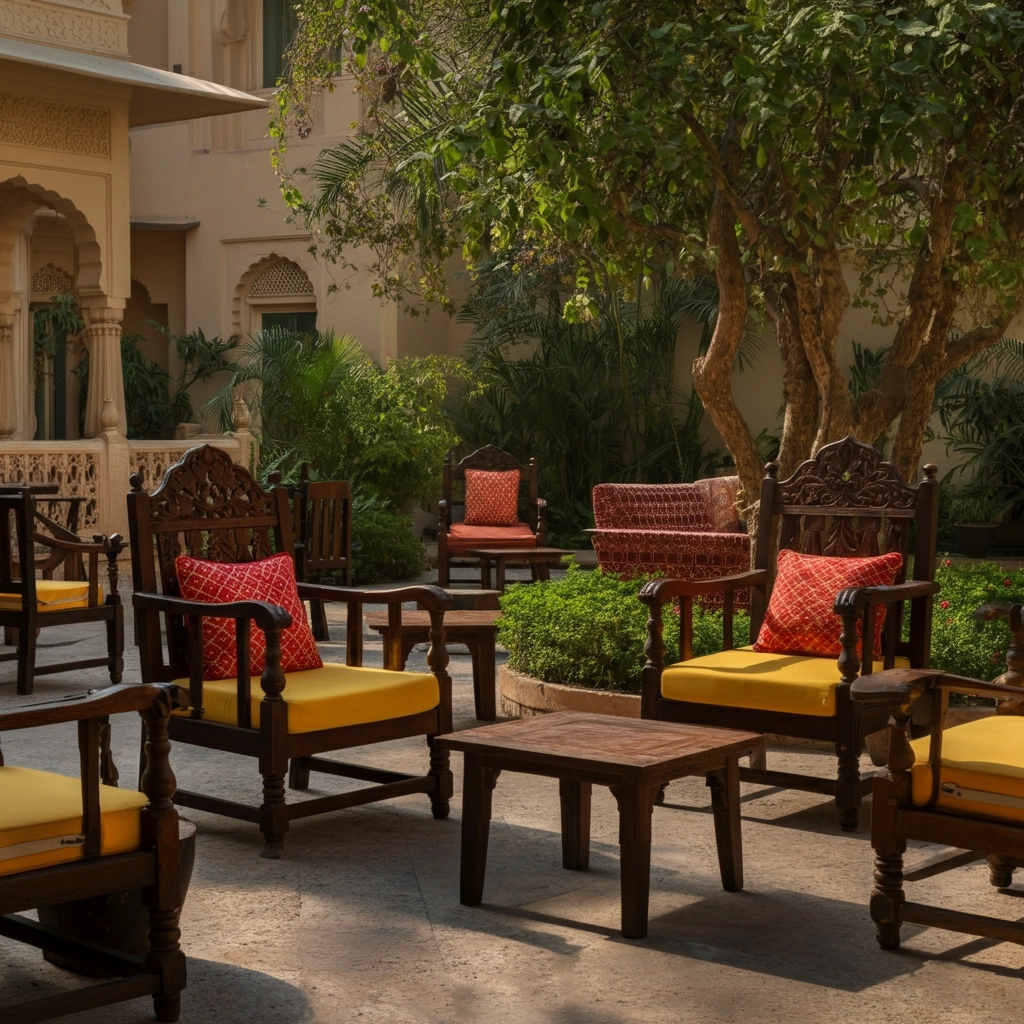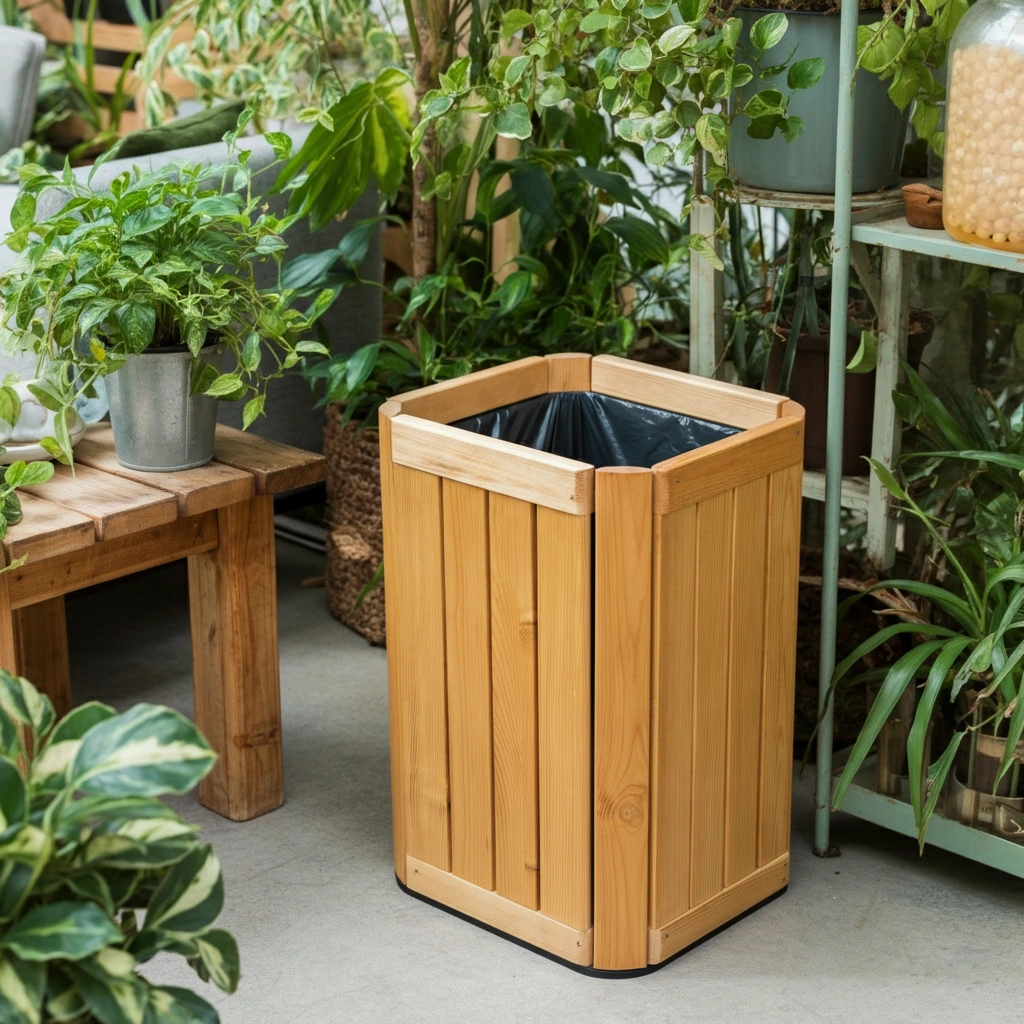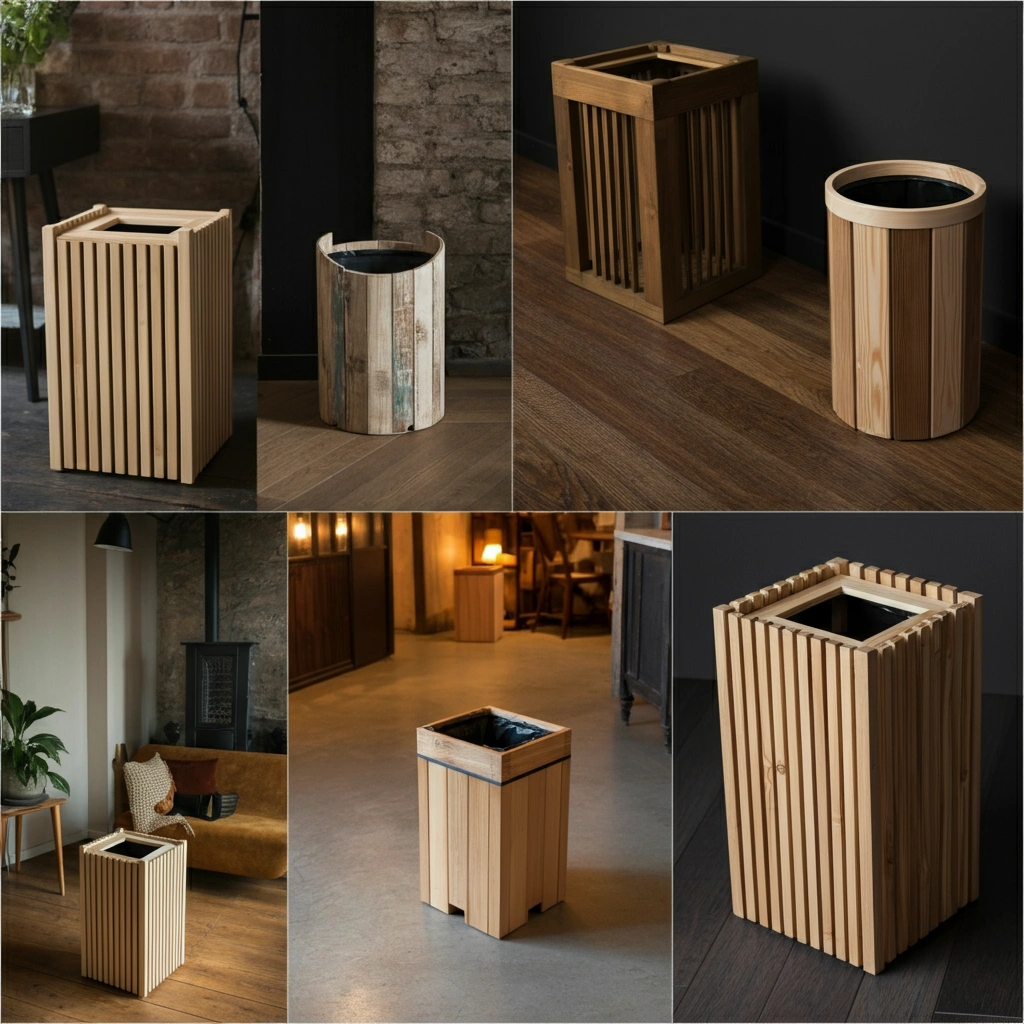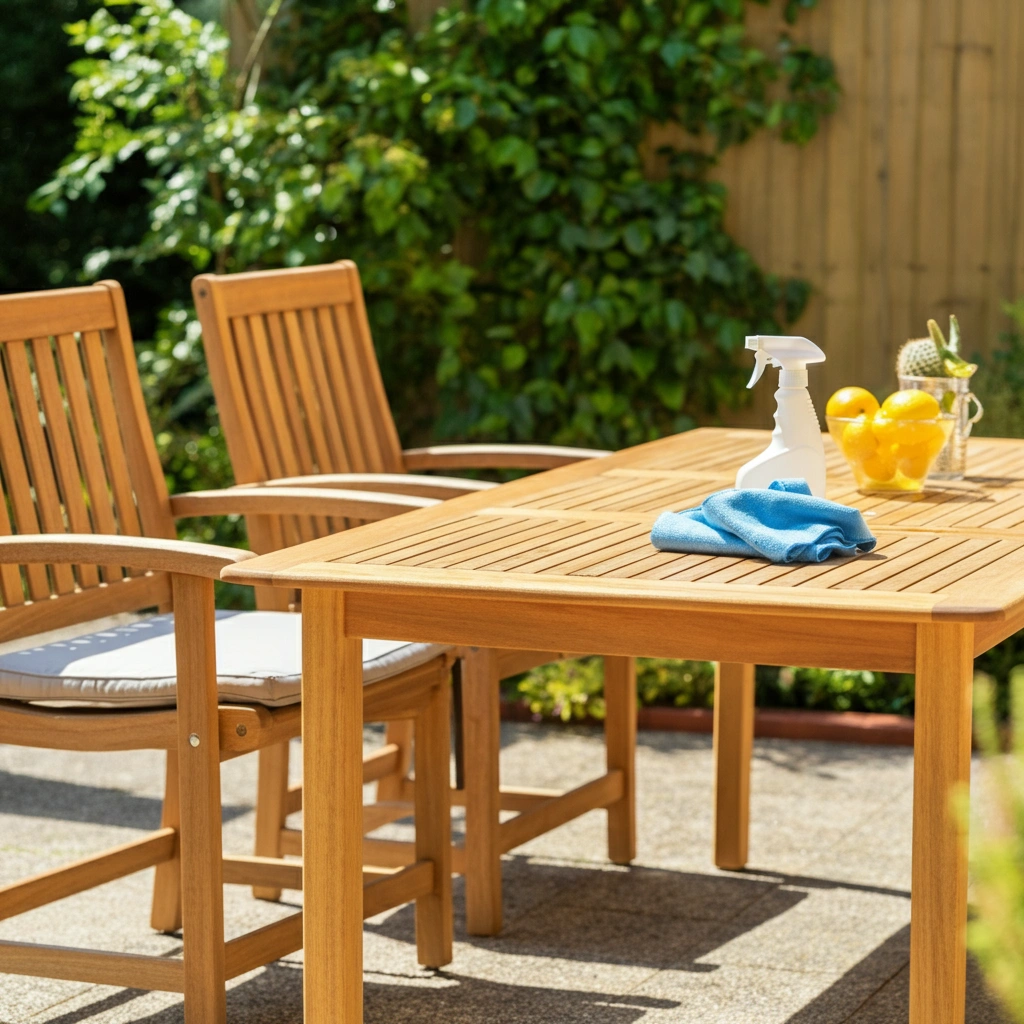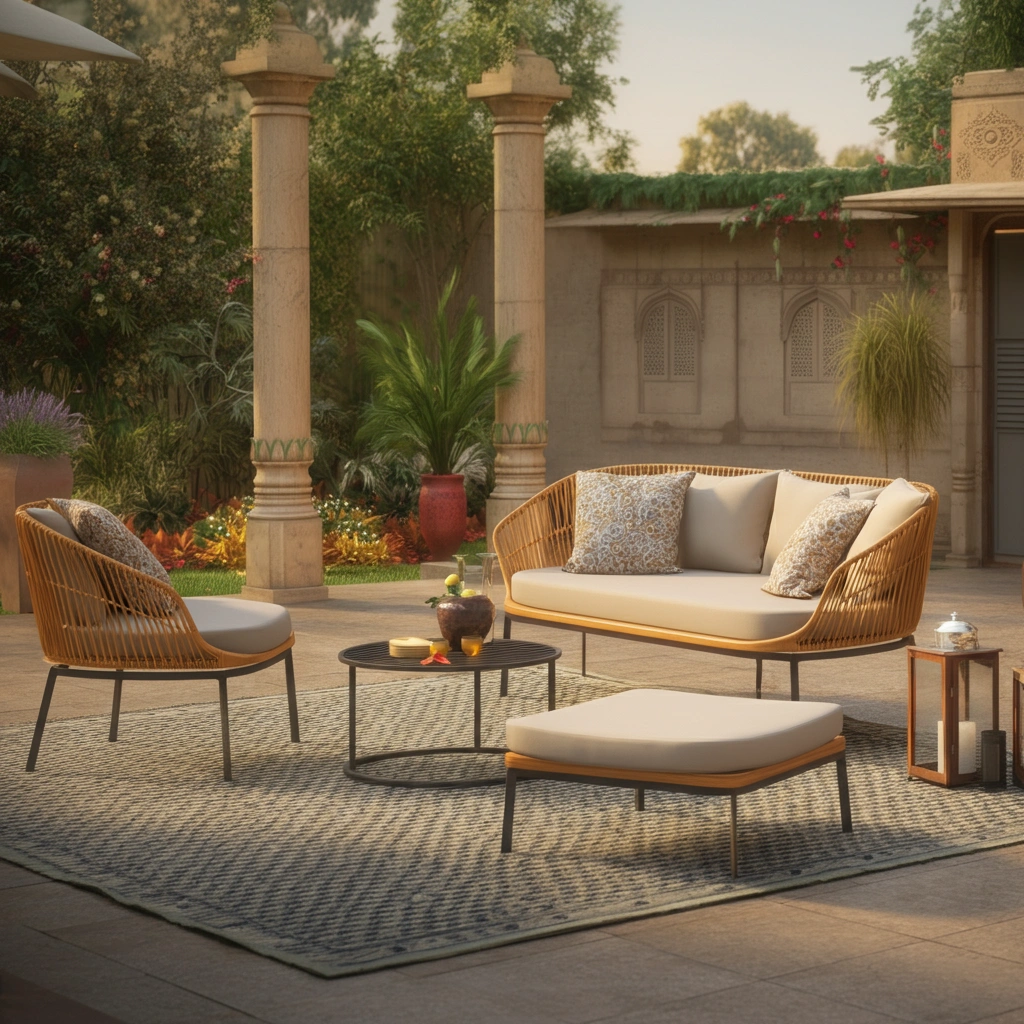9 Reasons to Pick a WPC Bench for Style and Strength
Introduction When it comes to outdoor furniture, WPC benches stand out as a modern and durable choice. WPC, or Wood-Plastic Composite, combines the best of both worlds by blending the natural appeal of wood with the strength and resilience of plastic. These benches are designed to endure harsh weather conditions while offering an eco-friendly and low-maintenance solution for outdoor spaces. With their innovative design and numerous advantages, WPC benches have become a popular option for parks, gardens, and patios. Read on to discover 10 surprising benefits of using WPC benches in outdoor spaces and why they might be the perfect addition to your environment. 1. High Durability of WPC Benches WPC benches are renowned for their exceptional durability, making them ideal for outdoor use in all kinds of environments. One of the key features of these benches is their resistance to rot, ensuring they maintain their structural integrity even when exposed to humid or wet conditions over time. Unlike traditional wooden benches, WPC benches are also impervious to insect damage, as the composite material does not provide an appealing food source for pests like termites. Additionally, their moisture-resistant nature protects them from swelling, warping, or cracking, ensuring they remain a reliable and long-lasting fixture for your outdoor spaces. This combination of resilience and longevity sets WPC benches apart as a practical investment for any setting. 2. Low Maintenance Requirement One of the standout features of WPC benches is their low maintenance requirement, making them a convenient and hassle-free choice for outdoor use. Unlike natural wood benches, which often need regular staining, sealing, and protection against pests, WPC benches require minimal upkeep to maintain their appearance and functionality. Cleaning a WPC bench is typically as simple as using soap, water, and a soft cloth or brush to remove dirt and debris. There’s no need for specialized treatments or frequent repairs, as their composite material resists common issues like cracking, splintering, or decaying over time. By contrast, natural wood benches demand more attention and care to prevent wear and tear, which can be both time-consuming and costly. With WPC benches, you can enjoy long-lasting quality with minimal effort, freeing up more time to relax and enjoy your outdoor spaces. 3. Aesthetic Appeal and Customization Options WPC benches offer unmatched aesthetic appeal, allowing you to elevate the look of any outdoor area effortlessly. With an array of multiple colors and realistic wood textures to choose from, these benches seamlessly blend with various design themes, whether modern, rustic, or traditional. Their customizable designs mean you can tailor the bench to fit your specific preferences or spatial needs, making them a versatile addition to gardens, parks, and patios. Furthermore, affordable WPC bench options provide a cost-effective way to achieve a polished and sophisticated appearance without compromising quality or style. Whether you seek subtle elegance or bold statements, WPC benches ensure your outdoor spaces remain both functional and visually captivating. 4. Eco-Friendly Nature of WPC Benches WPC benches stand out as a sustainable choice for modern outdoor furniture due to their eco-friendly composition and minimal environmental impact. Crafted using recycled materials, such as reclaimed wood fibers and recycled plastics, these benches not only reduce waste but also help conserve natural resources. By repurposing materials that might otherwise end up in landfills, WPC benches contribute to a circular economy and promote sustainable practices. Additionally, their durable design ensures a longer lifespan, reducing the need for frequent replacements and further minimizing their carbon footprint. Choosing WPC benches is a conscious decision to support environmental sustainability while enjoying stylish and functional outdoor seating. 5. Weather Resistance and UV Protection in WPC Benches One of the standout features of WPC benches is their exceptional weather resistance and UV protection. Designed for outdoor use, these benches are built to withstand harsh environmental conditions, from heavy rainfall to prolonged sun exposure. Unlike traditional materials, a weather-resistant WPC bench does not crack, warp, or degrade over time, ensuring a consistently high performance regardless of the climate. Additionally, the built-in UV protection helps prevent fading and discoloration caused by prolonged exposure to the sun’s rays. This combination of durability and aesthetic longevity makes WPC benches a superior choice for outdoor furniture, offering both reliability and style in any weather. Also Read: What Are Wooden Benches Made Of? Full Guide 6. Mold and Mildew Resistance in WPC Benches for Longevity One of the standout features of WPC benches is their exceptional resistance to mold and mildew. Thanks to the unique properties of WPC material, these benches exhibit low water absorption, which prevents moisture from seeping into the surface. This resistance to water penetration is crucial, as damp environments are typically breeding grounds for mold and mildew. Unlike wood counterparts, which may absorb and retain water, WPC benches are designed to remain dry and resilient, even in humid or rainy conditions. This built-in mold resistance not only enhances the bench’s durability but also reduces maintenance efforts, making them a hygienic and low-maintenance choice for outdoor settings. 7. Fire Resistance and Safety Features in WPC Benches One of the remarkable advantages of WPC benches is their enhanced fire resistance compared to natural wood benches. WPC materials are often manufactured with additives that improve their ability to withstand high temperatures, reducing the risk of ignition. Unlike natural wood, which is highly combustible, WPC demonstrates a slower burn rate, making it a safer choice for public and residential outdoor settings. Many WPC products also meet or exceed safety standards for fire resistance, providing additional peace of mind in areas prone to accidental fires. This built-in safety feature not only protects the bench itself but also contributes to a safer environment for users. 8. Stability and Structural Strength Advantages of WPC Benches Compared to Wooden Ones WPC benches excel in stability and structural strength, making them a superior alternative to traditional wooden benches. Unlike natural wood, which can warp, crack, or split over time due to environmental factors such as moisture and temperature changes, WPC maintains its structural integrity



